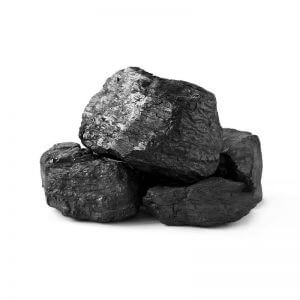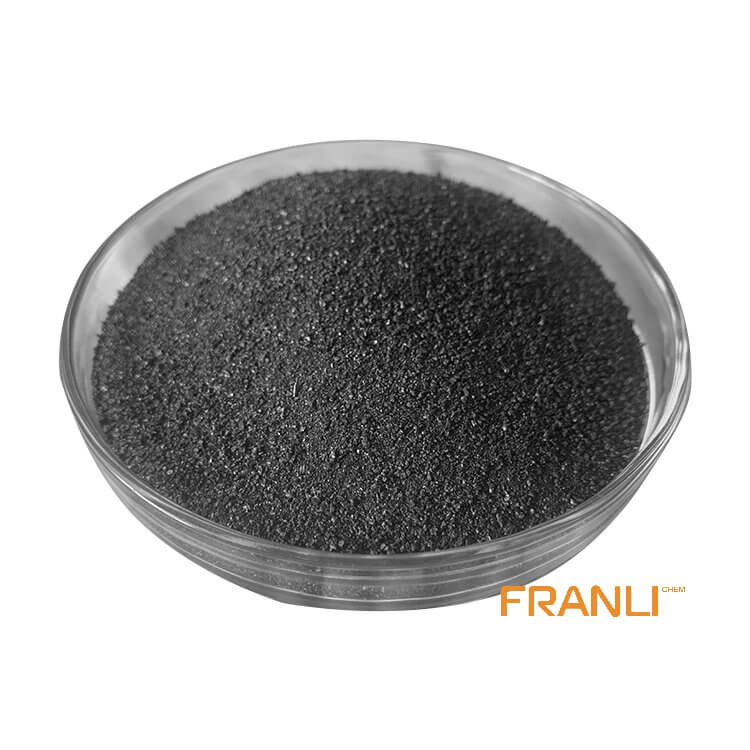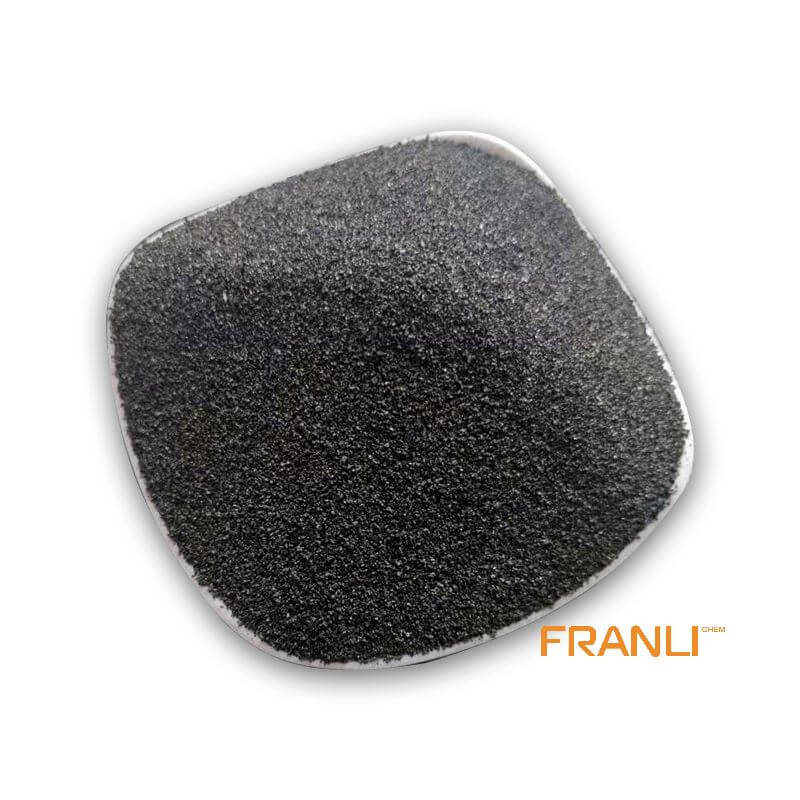


Petroleum Coke
Size
According to your requirements
Package
25 kg small bags into ton bags or ton bags
Features
Low ash content and low boiler ash discharge, etc.
Application
Depending on its quality, petroleum coke can be used in industries such as graphite, smelting and chemical industry, etc
Petroleum coke, as a byproduct of petroleum, is produced in the process of petroleum processing, that is, the crude oil is distilled to separate light and heavy oil, and the heavy oil is converted into petroleum coke by hot cracking. If petroleum coke can be obtained directly from petroleum processing, then the petroleum coke is raw coke or ordinary coke. Petroleum coke has irregular shape, dark gray or black, porous structure and metallic luster.
Request a quotePetroleum coke rose with irresistible momentum, and low sulfur coke rose to 7300 yuan/ton, breaking the 7000 mark for the first time. The overall strong operation of petroleum coke has attracted extensive attention from people in the industry. So what is the reason behind the frequent rise of petroleum coke? Let’s analyze it in combination with the fundamentals of petroleum coke.

From the Spring Festival to the end of the holiday, petroleum coke kept rising. Taking low sulfur coke as an example, the price of Daqing low sulfur coke has risen to 7300 yuan/ton, up 1000 yuan/ton from the beginning of February, up 15.87%, breaking the 7000 mark. Medium and high sulfur coke is also the flowering of sesame, and the price continues to rise to a new height. According to the calculation, the average price of domestic petroleum coke on March 11 was 4059 yuan/ton, up 1207 yuan/ton compared with that before the Spring Festival. The average price of Shandong local refined petroleum coke was 4404 yuan/ton, up 1404 yuan/ton compared with that before the Spring Festival. In only one month or so, the rapid rise of petroleum coke is closely related to the change in supply and demand fundamentals.
On the supply side, it can be seen from the trend chart of refinery operating load that the total operating load of domestic refineries has gradually decreased since the end of January and the beginning of February. Affected by the Winter Olympic Games, refineries have reduced production. At the same time, under the high price of crude oil, refinery profits are poor, and most refineries have reduced production to a certain extent. The domestic petroleum coke output in January was 2.427 million tons, and the domestic petroleum coke output contracted to 2.117 million tons in February, Decreasing by 12.78% month on month. In the case of a tight supply of petroleum coke resources, the downstream carbon rose and traders were more active in procurement. Petroleum coke was once in short supply, and the price of petroleum coke continued to rise to a new height.

On the demand side, the trend of electrolytic aluminum is positively related to the trend of petroleum coke. The demand for the electrolytic aluminum terminal market is OK, and the price of alumina is rising. While the investment and resumption of production of the aluminum plant are continuing, the news may continue to dominate the recent trend of aluminum price. The price of electrolytic aluminum is higher, and the price of aluminum has been fluctuating on the 20000 lines after the Spring Festival, which has strong support for the rise of petroleum coke price.
From the perspective of supply and demand and related products, in terms of supply, domestic refineries will enter the gap period of start-up and shutdown next week, and the domestic petroleum coke supply will be in a stable stage. The supply of various models will not change much, and the import volume will continue to increase mainly high sulfur coke. In terms of demand, with the gradual resumption of production downstream, the demand for petroleum coke is good, but the price rises to a high level, and the fear of high the downstream gradually increases. For related products, the thermal coal market remains stable. On the whole, the high crude oil may lead to poor refinery profits, the expected decline in refinery operating load, the strong fundamentals of petroleum coke, and the good trend of the market.



